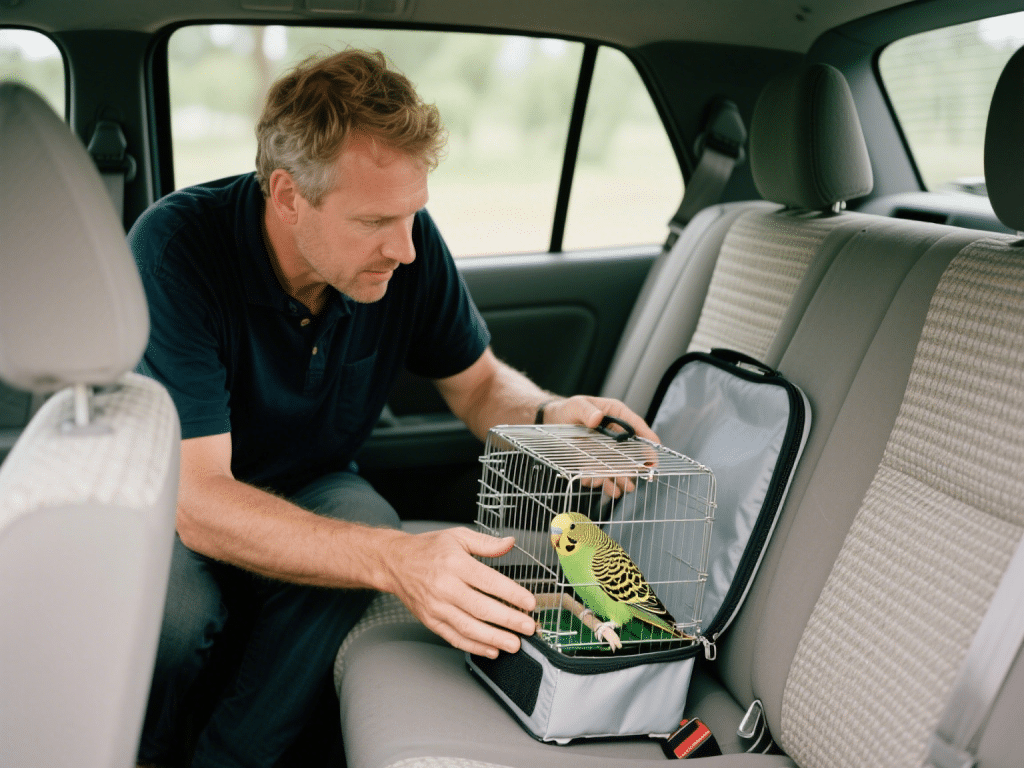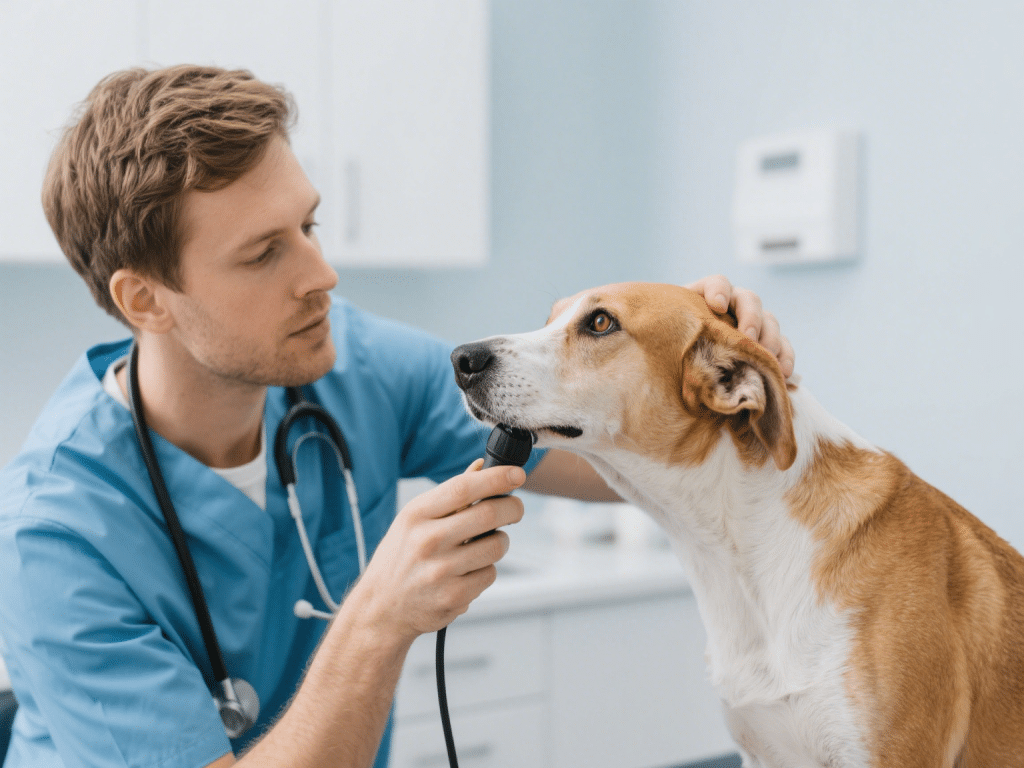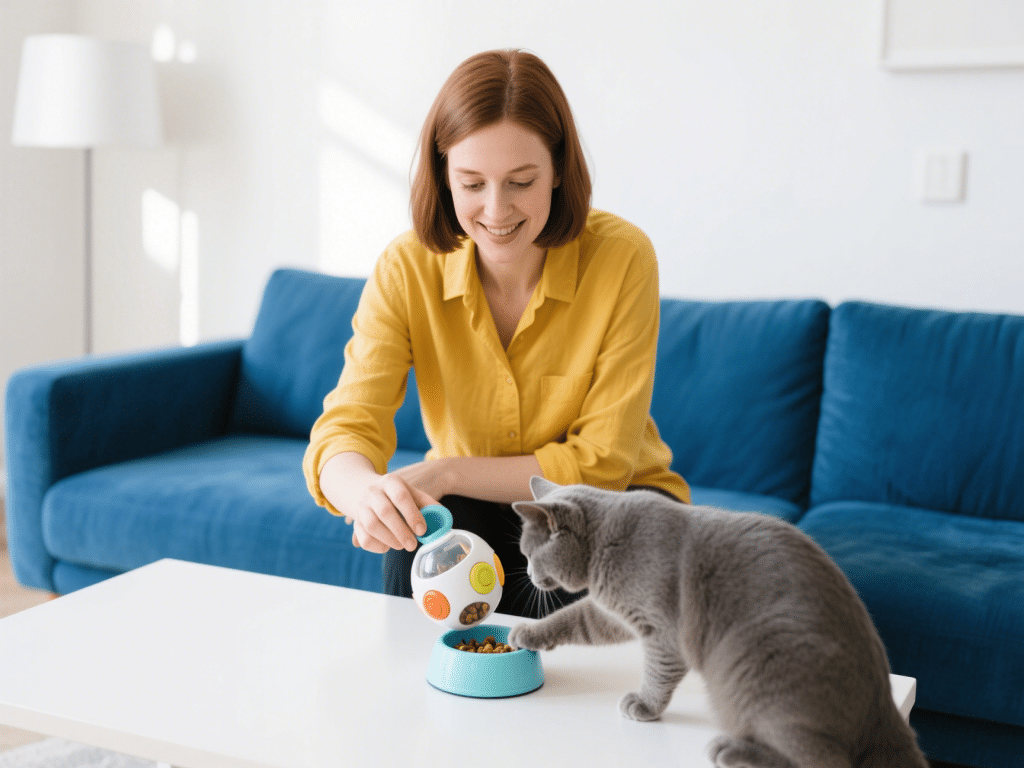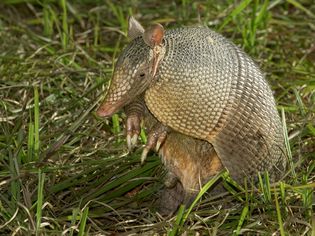Can Dogs Eat Cat Food? Debunking the Nutritional Myths

It seems innocuous: your dog eyes the cat’s bowl and you wonder, “What harm could cat food do?” But the truth is more complex. As a veterinary nutritionist and multi-pet household veteran, I’ve advised clients on cross-feeding pitfalls and guided them toward balanced diets. Let’s explore whether dogs can safely eat cat food, debunk common myths, and learn expert recommendations for multi-pet feeding.
1. Fundamental Nutritional Differences
Cat food is formulated for obligate carnivores: high in protein, fat, and certain amino acids like taurine. Dogs are omnivores requiring balanced carbohydrates, proteins, fats, vitamins, and minerals. Excessive fat and protein from cat food can lead to:
Pancreatitis: Inflammation of the pancreas from high-fat intake.
Obesity: Calorie-dense cat food promotes weight gain when fed regularly.
Nutrient Imbalances: Deficiency in fiber and certain micronutrients that dog-specific diets include.
2. Occasional Tastes vs. Regular Feeding
An occasional nibble—like a curious puppy sneaking a bit of kibble—is unlikely to cause harm. However, regular feeding can:
Overload the digestive system, leading to diarrhea or vomiting.
Distort a dog’s appetite, causing them to refuse their own food.
Increase risk of chronic disease patterns like obesity or pancreatitis over months.
3. Multi-Pet Households: Practical Tips
To prevent cross-eating:
Separate Feeding Areas: Feed pets in different rooms or use elevated feeders for cats.
Timed Meals: Supervise mealtimes and clear bowls promptly.
Puzzle Feeders: Challenge dogs with slow-release feeders while cats dine calmly.
These strategies reduce unwanted swaps and ensure each pet receives species-appropriate nutrition.
4. Symptoms to Watch For
If your dog regularly raids the cat dish, monitor for:
Gastrointestinal Upset: Loose stools, gas, or vomiting.
Weight Fluctuations: Rapid gain or loss.
Pancreatitis Signs: Abdominal pain, lethargy, loss of appetite.
At the first sign of distress, revert strictly to dog food and consult your veterinarian.
5. Balanced Alternatives
For dogs with food sensitivities, rather than cat food, consider:
Limited‐Ingredient Dog Diets: Fewer proteins/carbs to isolate allergens.
Novel Protein Formulas: Duck, venison, or kangaroo recipes reduce common allergies.
Homemade Vet-Approved Recipes: Ensure balanced nutrition under guidance.
Conclusion:
While the occasional taste of cat food may not immediately harm your dog, habitual feeding poses clear risks to digestive health and weight management. By understanding species-specific dietary needs and implementing practical household strategies, you protect your dog from nutritional imbalances—and maintain harmony in your multi-pet home.









Comments on "Can Dogs Eat Cat Food? Debunking the Nutritional Myths" :